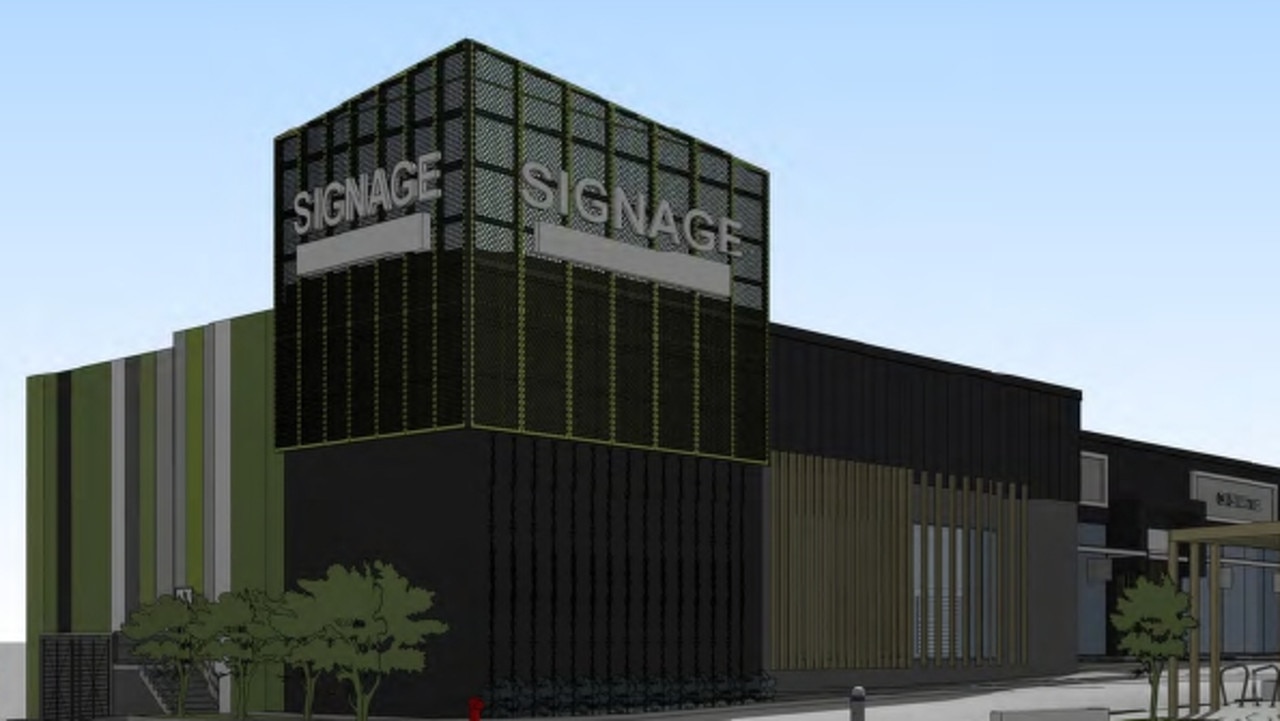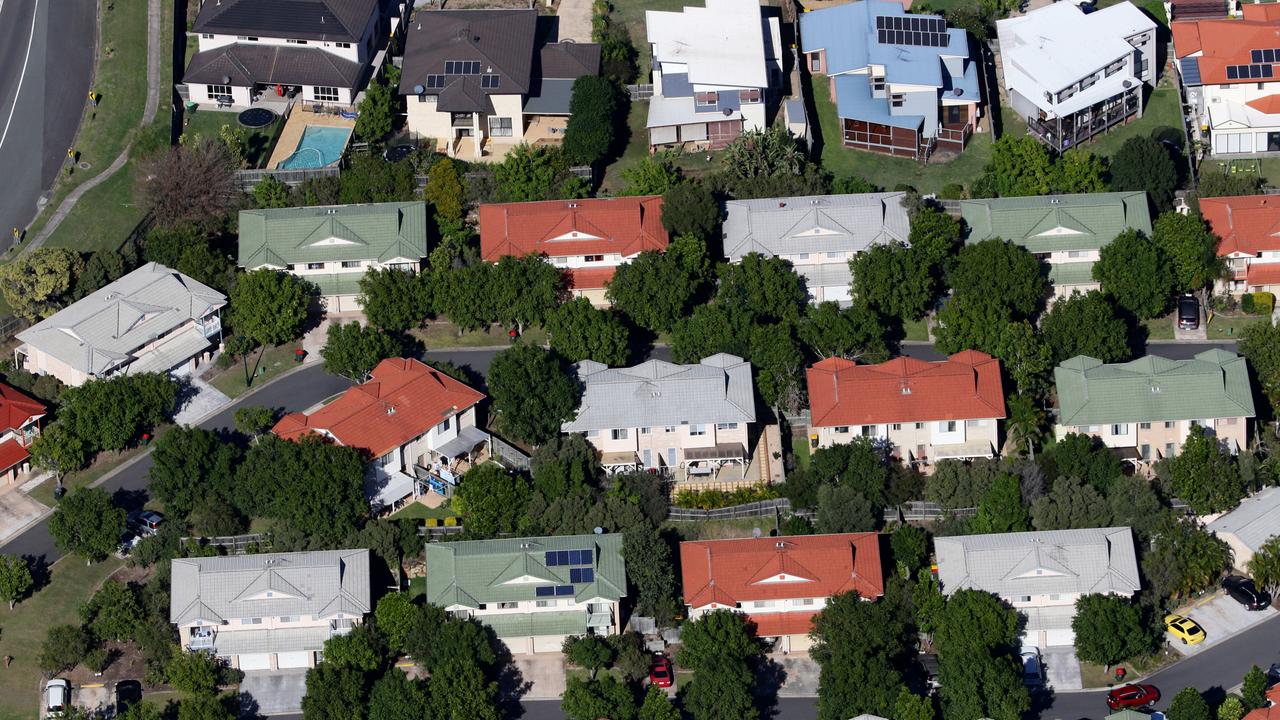Victoria’s most negatively geared suburbs in 2024 revealed: Search your area
A shocking amount of property investors are negatively geared across many parts of Melbourne. See how many landlords in your suburb are benefiting from the tax incentive.

Property
Don't miss out on the headlines from Property. Followed categories will be added to My News.
More than 90 per cent of property investors’ rental properties are estimated to be negatively geared in over half of Melbourne’s suburbs.
Exclusive modelling from PropTrack revealed the city’s suburbs with the highest proportion of negatively geared investors and the typical losses where rental returns are less than interest repayments in the assessed areas in April 2022 and January 2024.
An investment property is negatively geared when its rental return is less than interest repayments and other property-related expenses, such as council and water rates.
RELATED: How $18k deposit can get you off the renting merry-go-round
10 best suburbs to buy a unit in Victoria ranked
How to buy a house in Australia
That loss can be offset against the owner’s total taxable income.
Of the 332 suburbs assessed in greater Melbourne, 192 were predicted to have more than 90 per cent of investors negatively geared at the start of this year.
The Manningham region in Melbourne’s outer east had the highest percentage of investors estimated to be eligible for the tax incentive (98 per cent) along with Keilor (97.4 per cent) and Knox (97.3 per cent) areas.
PropTrack senior economist Angus Moore said less than half of property investors in 2021 were negatively geared because interest rates were so low, meaning their costs were too.
Since then, there had been a big increase in mortgage rates, which he said was why most investors’ interest bills were exceeding their rental incomes.
“There are more people making losses on their rental properties than used to be the case,” he said.
“While rents have risen very, very quickly, they haven’t risen as quickly as mortgage costs.”
Reserve Bank of Australia data shows the typical mortgage rate was 6.39 per cent as of December 2023 compared to 2.72 per cent in July 2021.
Buyer’s advocate Cate Bakos said interest rate hikes was the main reason why more investors were negatively geared, alongside rising insurance premiums, land taxes and property management fees.

She added that the federal government wasn’t “giving money away” through this tax deduction.
“All (they’re) doing is recognising that (investors) are running at a loss and its offsetting the tax they have to pay,” she said.
“The reason negative gearing exists is because our government only provides 9 per cent of housing to renters and 91 per cent is reliant on private investors.
“Without private investors, we’re in a lot of trouble because the government would need to build 10 times the number of properties they have currently, immediately. That can’t happen.”

Real Estate Institute of Victoria (REIV) president Jacob Caine said the unfortunate or fortunate reality — depending on a person’s perspective — of negative gearing as a tax instrument in Australian property had become intrinsic to the ecosystem.
“Changes to it would seriously compromise the sustainability of our housing system and would likely spur thousands of investors to exit the investment space,” Mr Caine said.
“(This) would not actually translate into more affordable rents but even further diminish supply in a moment when we don’t have enough homes for people in this country.
“Wholesale change to the Australian taxation system would be required to significantly adjust or remove negative gearing.”.
Sign up to the Herald Sun Weekly Real Estate Update. Click here to get the latest Victorian property market news delivered direct to your inbox.
MORE: Vic homelessness inquiry resurfaces after 900-day wait
Custom retreat boasts breathtaking views from your bath
Stat that shows rent crisis is worse than ever
sarah.petty@news.com.au


